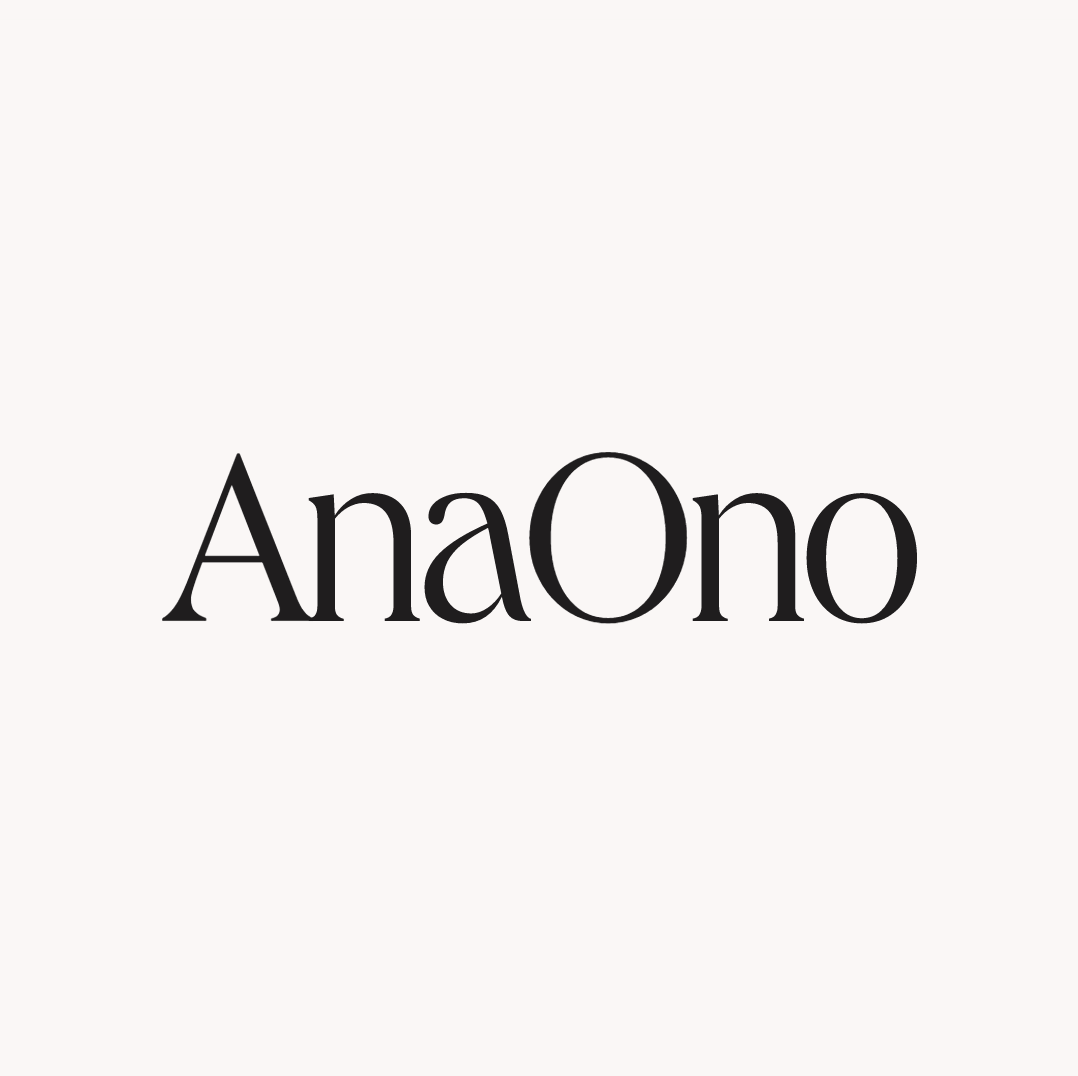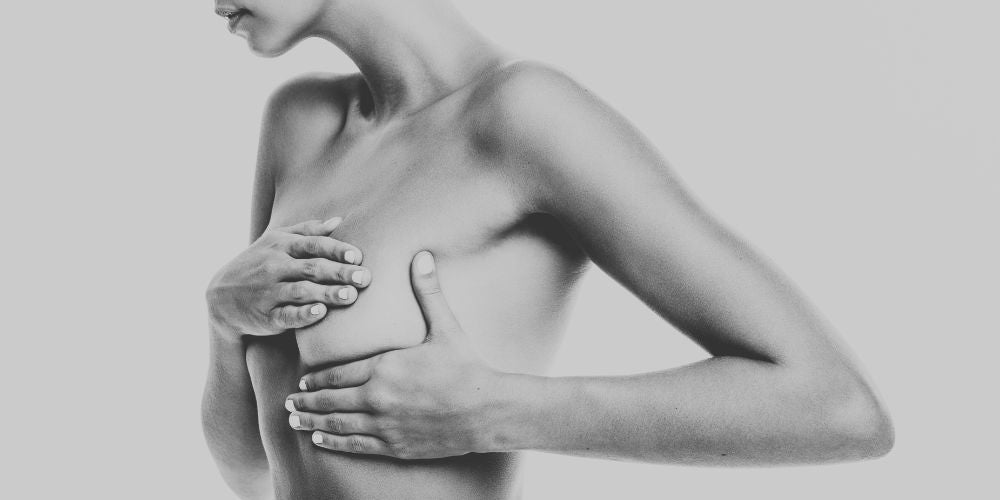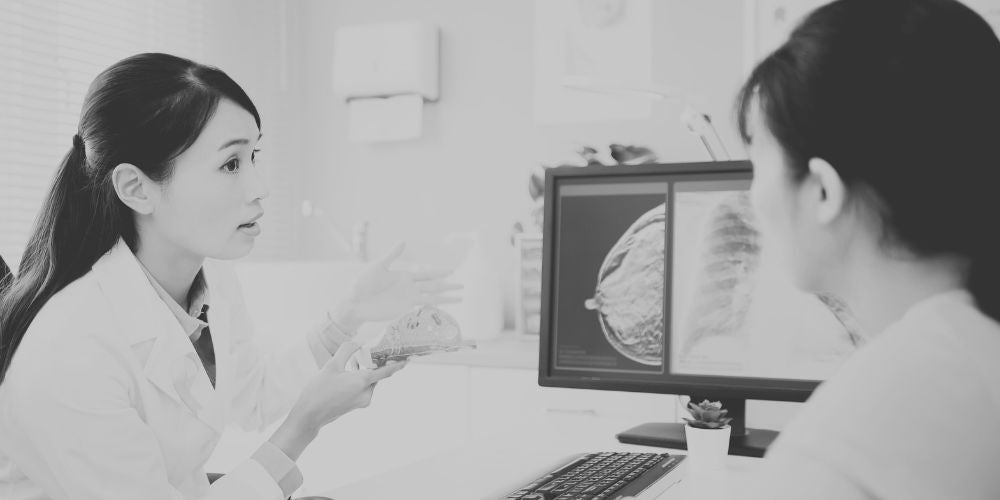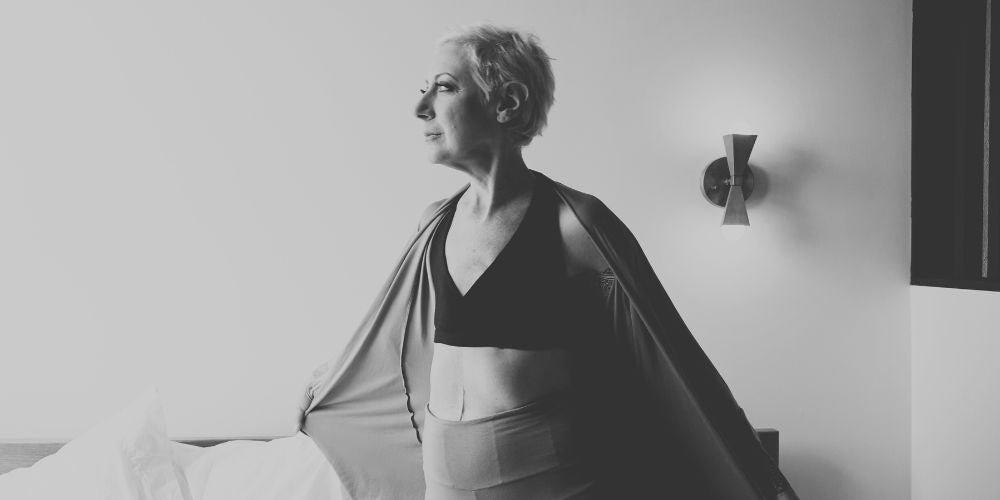Guest Post by Corbin Lewars
While undergoing chemotherapy and radiation, I gave little to no thought about reconstruction. Being subjected to more surgeries and spending more time in doctor’s offices held little appeal and I had grown accustomed to my mastectomy scar.
But as my body healed from treatment and my life started to resume a sense of normalcy again, I began considering reconstructive surgery. I felt as if having reconstructive surgery would be another step towards healing from cancer. The mastectomy and treatment had been about taking things away from me. I was now in a phase of rebuilding my life and body and felt reconstruction could help with that.
“Cancer has taken enough from me,” I explained to my doctor when he reminded me again, that reconstruction was optional. “One day I’d like to get out of the shower without the reminder of cancer. I know cancer will have an impact on me for the rest of my life, but it can impact me in other ways than a scar across my chest.”
“All right,” he said. “Just know that many women end up disappointed with their reconstruction. They say they end up with Frankenboobs and either spend more time trying to fix them or wish they had left well enough alone with the mastectomy scars.”
“Duly noted. Now, can you recommend some plastic surgeons?”
I went home and Googled all of the surgeons on his list. I shrieked out loud as I saw one set of Frankenboobs after another on the plastic surgeon’s websites. And these were the ones the doctors chose to highlight! I wondered what the mistakes, or bad ones, looked like. Sometimes the breasts were misshapen and pulverized, and almost always they were huge. Bubble tits to be precise. At the age of forty-four, I had no aspirations of becoming a stripper or porn star so saw little to no use for bubble tits.
Some of the doctors had information gathering events where their nurses explained the various procedures and what they necessitated, but I didn’t want more data. I had spent the past two years in doctors offices listening to statistics, explanations of procedures, tests and margins. In all honesty, I actually spent most of that time fantasizing about what was for lunch, so I knew better than to waste the doctor’s and my time on more information gathering appointments. What I needed was to see and feel a variety of reconstructed breasts so I could discern whether or not reconstruction was a good idea for me.
As always, I went to the greatest resource known—my friends. I asked everyone I knew if they knew someone who had non-bubble implants. I was given several women’s emails, these women kindly returned my emails saying, “Feel free to ask me any questions.”
But when the question was, “Can I see your boobs?” I never heard back from them.
I became a fourteen-year-old boy obsessed with breasts. And just like stymied fourteen year old boys everywhere, no one was showing me their tits. The more people didn’t show them to me, the more I wanted to see them. And touch them. And ask the holder of them all about them and what pains she needed to endure in order to get them. To make matters worse, it was the end of August, the hottest month in Seattle and breasts were everywhere. Every time I saw them bulging out of tank tops, bouncing along in bathing suits by the lake and peeking out of sundresses I’d wonder, Are those real? Can I ask her about them?
I had a success with an acquaintance who had opted for fat transplants as her reconstructive option. She loved her boobs and loved that they were “natural and all her.” It all sounded good over the phone and when she came over, her breasts filled out her halter sundress nicely. I was starting to think this was the way to go until she told me about the BRAVO sucking machine she had attached to her chest for fourteen hours a day for several months.
“What? How did you sleep? That sounds like a nightmare,” I said.
“It wasn’t that big of a deal,” she said as she fondled her breasts.
It sounded like a very big deal to me. Sure, all reconstructive options were going to involve pain, disrupted sleep, and a halt to yoga for a while, but this seemed over the top inconvenient. I didn’t have a lot of fat on me so was worried that I’d go through four to six months of the sucking machine for minimal results. If my reconstructed breast was going to be worse or the same as it was before surgery, I’d leave well enough alone and stick with my scar.
While visiting the Seattle Art Museum one September afternoon with my friend Paul, the topic of breasts came up again. All right, I admit it, the topic of breasts always came up no matter where I was. After listening to my lamentations about the complications and confusion around reconstruction, Paul said, “Why don’t you call Wendy?”
“Wendy?”
“Wendy from my writers group. She’s friends with Theo and Abby, don’t you know her?”
I knew of this Wendy, and loved her writing, but didn’t know her personally. And I didn’t know she had had breast cancer.
“You guys have a lot on common, I can’t believe you don’t know her. She’ll totally show you her boobs. I’ll give her your email and that way she can contact you if she’s comfortable,” Paul said.
An email from Wendy was in my inbox by the time I got home from the SAM. I engaged her in about five minutes of foreplay by complimenting her writing before I asked her if I could see her boobs.
“Sure,” she wrote back ten minutes later. “When do you want to get together?”
With the “viewing” set for a couple of days later, I finally settled down and was able to email Wendy nonboob related questions. (Let this be a lesson to all perverted young boys: converse before grabbing). She was earning her MFA in creative writing, was recently divorced, had a son my son’s age and wrote beautiful personal essays. I loved her before I even met her. The parallels in our lives were uncanny, but whereas I was snarky and flip about some things, she was calm, composed, rational and benevolent. She’s my twin separated at birth. I thought. No, she’s more than that. She’s my angel.
She came over to my house a few days later, driving over an hour to get there, proving to be a gift from above. I offered her some water, we chatted for about a minute and then she said, “Want to see them?”
“Of course!”
And off her shirt went. And then her bra.
“Wow!” I said. “They’re gorgeous.”
“Really?” she asked.
“Yes, really. And let me tell you, I’ve been looking at a lot of pictures of boobs and yours are by far the most natural looking and the most beautiful. Can I touch them?”
“Of course.”
I poked, prodded, and manhandled Wendy, all the while exclaiming, “They seem so real!” I studied her nipples, her mastectomy scar and examined her breasts from every angle. I asked her to jump up and down so I could see if they moved (they did) and pushed them to see if they felt soft (they did). They were proportionate to her body and drooped just enough to look real. They were beautiful.
In the following weeks, a few other women in my breast cancer support group let me see and touch their boobs, but they were nothing like Wendy’s. Where Wendy’s jiggled and swayed, there’s felt like wet sand. Where Wendy’s were just the right amount of pendulous to look real, there’s appeared to be up by their neck. Wendy’s boobs were the Mona Lisa and there’s were mere knock-offs sold at a street fair. The process for her reconstruction had also been simpler than theirs, so it was a win win. A short recovery time and as minimally invasive surgeries as possible was an even higher priority to me than Mona Lisa boobs.
Seeing Wendy’s breasts gave me hope that I too could rebuild my body. They proved that I had options, good options, and didn’t need to settle for porn breasts or no breast at all. Yes, I would still live with the emotional and physical scars of cancer, but they would fade somewhat over time. I couldn’t gather this information and reassurance in a doctor’s office, I needed to gather if from women themselves. Because it was through their experience, and flesh, that I could see my future.
Corbin Lewars is the author of the Washington State Book Award and PNBA nominee Creating a Life: The Memoir of a Writer and Mom in the Making, Losing Him Gaining You and the novel Swings. Her essays have been featured in over twenty-five publications including Mothering, Hip Mama, the Seattle PI and several writing anthologies. For twenty years she has been teaching creative writing and freelancing as a developmental editor and writing coach. She lives in Seattle with her two children and is happy to say she has completed reconstruction and does not have Frankenboobs.










